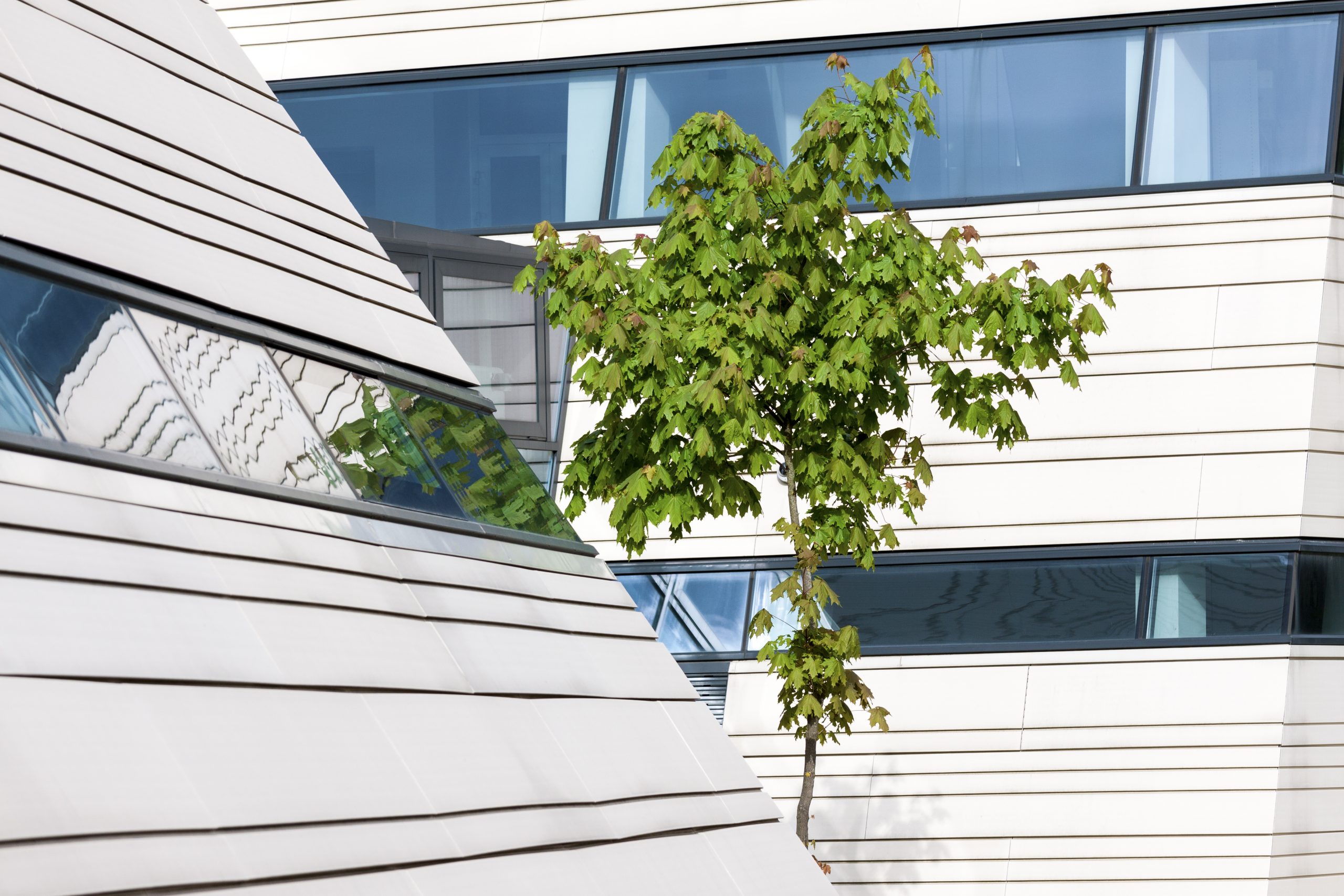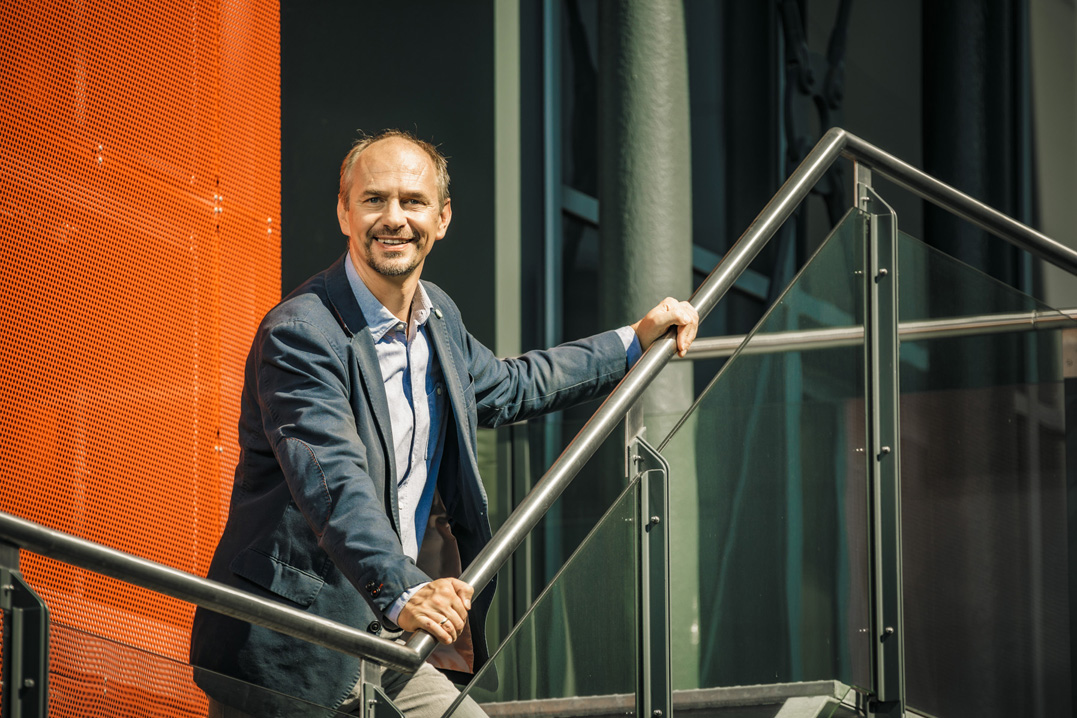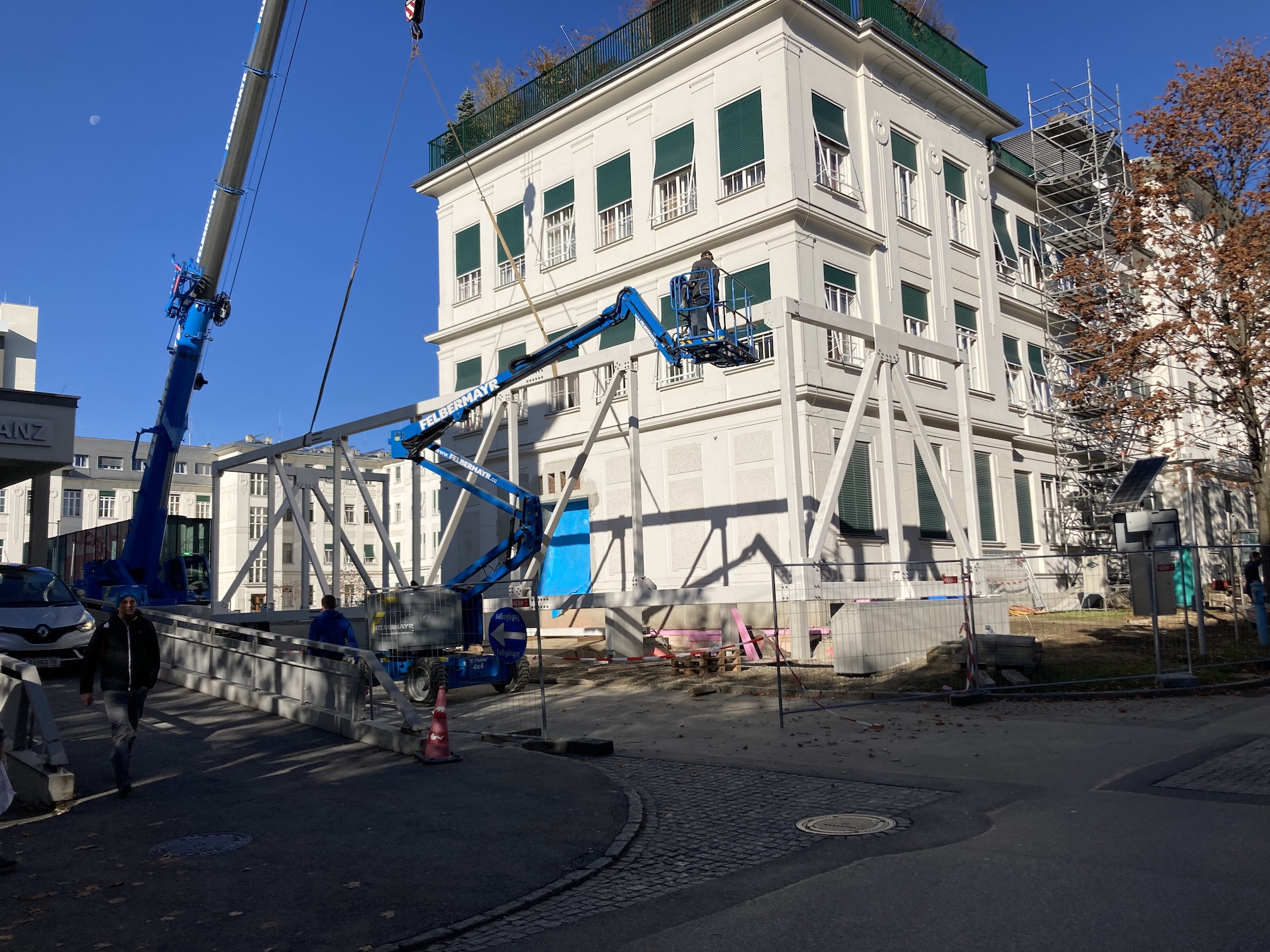In construction, one must sometimes be spontaneous and make situational decisions, as DI Christian Lorenz, CEO of Lorenz Consult, knows. This is because topics such as resource procurement, construction prices, or circular economy are subject to constant changes. However, the Graz-based family business remains unfazed by these challenges, relying on its extensive experience which can truly be relied upon. This applies to planning, execution, on-site construction supervision, as well as the identification of suitable energy systems.
“More than ten years ago, we implemented the first geothermal system for a large office building in the Vienna area. This was accompanied by utilizing the thermal mass of concrete and employing low-energy systems for heating and cooling,” Christian Lorenz explains. Since then, these systems have increasingly been utilized, from projects like the Graz Surgery, the Sciencetower, to the current planning of a laboratory building.
Looking towards the future, the Lorenz Consult team is engaged in the potential of energy storage and, subsequently, the utilization of hydrogen and fuel cells for energy generation. “For continuous operation in production companies, these technologies are still in an early stage of development,” states Lorenz.
Transitioning Away from Gas Requires Appropriate Energy Alternatives
When it comes to choosing the appropriate energy system, the differences between existing buildings and new construction are minimal. For both, the transition away from gas is significant in the foreseeable future. Initially, an assessment is made of other energy supply systems, such as district heating in the vicinity, or the availability of additional electricity. “These considerations are always combined with showcasing energy-saving potentials. Optimally regulating existing systems can yield substantial savings. This is evident in experience gained from shopping centers, where ventilation systems achieved 70 percent energy savings through evaluation and new adjustment,” informs DI Christian Lorenz.
For existing buildings, a significant focus lies on reducing the energy consumption and additional energy generation, primarily from photovoltaic installations. Furthermore, approaches to recover heat from process waste and process water are also prominent.
Building Materials for Sustainability
CO2 neutrality is the buzzword of the hour: The concept of a CO2-neutral construction site is gaining momentum. Similar to a Lego house, a real building should be disassemblable into its components and recyclable after use. This circumstance greatly influences the choice of appropriate building materials. Lorenz believes that the trend towards using wood as a building material will continue: “The competition between using wood as a resource for energy generation and as a resource for building materials is intriguing. In the interest of sustainability and multiple uses, preference should be given to wood as a building material,” states the approach of experienced civil engineer DI Christan Lorenz.
Sustainable Checklist
-
- Choosing the right building material in terms of sustainability
-
- Thermal renovation of the building envelope for existing structures
-
- Energy efficiency measures such as alternative energy generation, photovoltaics, recovering process heat, energy buffering, preventing energy losses, and regulating systems
-
- Adjustment of building technology systems
-
- Climate-neutral refrigerants like ammonia
-
- Rainwater harvesting



